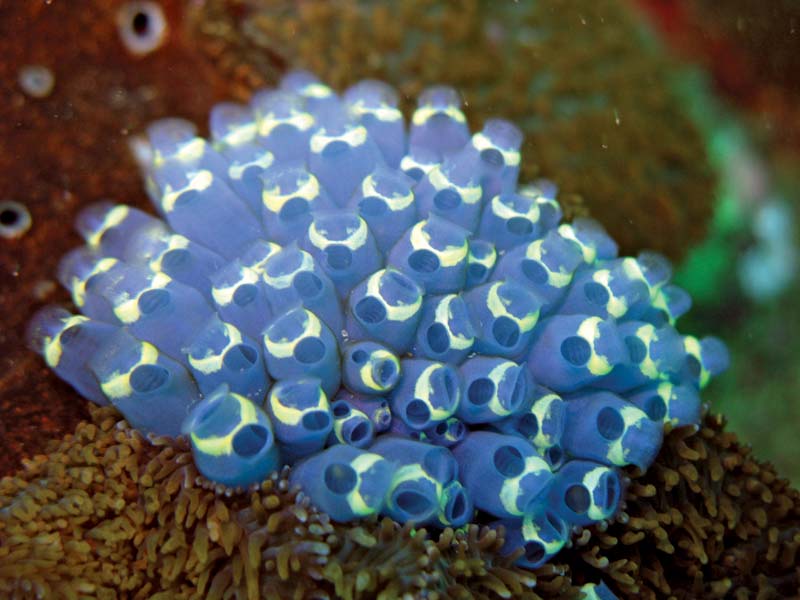The World of Hippy Science

I recently decided to make an investment into a cannabis-focused public benefit corporation (think part company, part nonprofit). So I figured it was a good chance to talk about the good, the bad, and the ugly of cannabis. Yes, cannabis. Whose research used to be dismissed as “hippy science” but whose benefits and drawbacks are now a lot better understood. So here we’ll exchange our flower leis and bongos for lab coats and clipboards to dive into that strange world of the hippy science of cannabis.
First off: cannabis 101. The plant has been used medicinally and recreationally for at least 5,000 years. Cannabis targets the body’s so-called “endocannabinoid system” which is responsible for many things. Like, a crazy number of things. Many of its functions are autoregulatory where it helps the brain and body maintain homeostasis. Medically, cannabis has been FDA approved for the treatment of epilepsy and it also has well-studied effects including for anti-inflamatory, anti-anxiety, anti-psychotic, and pain reduction applications, to name a few. Evolutionarily, you can trace the endocannabinoid system back as far as sea-squirts. Yes, these guys whose earliest shared common ancestor with humans is around 550 million years ago:

All that to say, the endocannabinoid system is really important. And there are two main components to the cannabis plant that affect this system: THC and CBD.
THC is basically the only psychoactive compound in the plant. That’s fancy talk for it being responsible for finding cartoons funny, sudden cravings for ice cream, and giving peace a chance, man. Its effects are “biphasic,” meaning that at low doses THC can have positive effects like euphoria and relaxation while at high levels it can cause anxiety and paranoia. One fun fact: while THC is often used to combat anxiety, chronic use actually results in consistently higher stress hormones and a lower capacity for emotional self-regulation. Ok, so that’s the good, bad, and ugly of THC.
CBD is arguably a much more interesting compound. Well, family of compounds actually. Though technically THC is a family of compounds too. It’s complex. There are over 500 known compounds in the cannabis plant. We’re really just scratching the surface here. But I digress…
While THC takes the body out of homeostasis, CBD often returns the body to homeostasis. For instance, CBD has been shown to enhance “fear extinction,” or the extinction of conditioned fear responses. That means there’s pre-clinical evidence for endocannabinoid-related clinical PTSD applications (trauma is about as far as you can get from homeostatic balance). And as for safety? CBD generally has a pretty solid safety profile. Hell, the FDA approved one compound for epileptic children starting at 1 year old.
But there’s more. A lot more. CBD use has exploded in recent years due to three main applications: stress, pain, and sleep. Personally, I believe that CBD is the best, non-habit forming substance you can take to combat the epidemic of stress. Other solutions (think Valium) are effective but also highly addictive. As the baby boomers age, non-opioid pain management becomes increasingly important (my grandma at 96 years young is a daily user). And finally, CBD use for sleep has grown immensely with research evidence supporting its efficacy as an alternative to other supplements like melatonin, which has fallen out of favor recently as it helps you fall asleep but not stay asleep.
All of this informed my decision to take a private equity stake in a public benefit corporation that has a consumer CBD line as well as an impressive patent portfolio and many cool strategic plays up their sleeves. This company, Ojai Energetics, has many advantages that separate it from alternatives including water solubility that increases the body’s absorption since most CBD users take way too little (I’m looking at you Venice, CA cafés with your weak CBD lattes). Also, they publish all their lab reports so you can verify exactly what’s in the bottle. This is incredibly important as the FDA doesn’t regulate supplements and all those CBD pop-up shops in strip malls don’t really inspire trust, if you know what I mean.
So that’s the good, the bad, and the ugly of cannabis. It checks the box for clinical applications as well as broader consumer efficacy for that trifecta of stress, pain, and sleep. And a lot more to come than just that.
Stay tuned… Conor